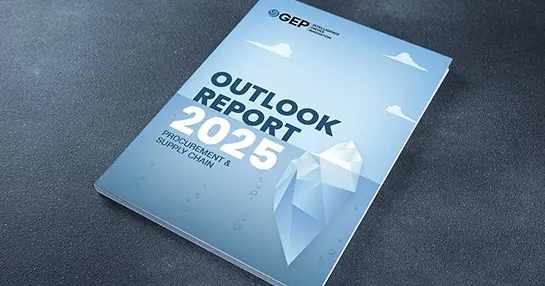What is Demand Planning?
The process of evaluating historical sales data and current trends to forecast the demand for a product or service and the plan to cater to that demand is known as demand planning.
Why is Demand Planning Important?
The dynamic nature of today's markets requires businesses to react rapidly to changes to stay relevant and competitive. Thus, with effective forecasting, demand is matched with supply, resulting in sufficient stocks to satisfy the customer demand.
Besides saving on inventory costs, effective forecasting and planning also ensure customer satisfaction and increased top line and bottom line. On the other hand, lack of or poor demand planning may cause overstocking and locking up working capital and ending up with a potential dead stock.
Alternately, poor planning may leave enterprises with low inventory or no stock, leading to panic buying of raw materials to satisfy customer demand, resulting in unhappy customers and loss to the business.
Instead of just reacting to the increased market fluctuations, companies must proactively respond to the changes to stay ahead of the competition. Identifying and managing such risks and disruptions require enterprises to have access to real-time data and visibility offered by cloud-based, collaborative supply chain planning solutions.
Demand Planning Best Practices
An enterprise's objectives of customer delight and increased growth depend on many factors. One of those factors is by adopting demand planning best practices, leading to accurate demand planning and a lean supply chain process.
Demand Planning Best Practices:
- Gather and analyze historical data. Evaluate earlier year's data, including seasonal trends, and understand the implications.
- Assess the current process with the right metrics. Qualitatively assess the existing service, demand and supply processes.
- Carry out event modeling and planning. Using statistical tools, develop a standard model for planning on which iterations with different parameters could be carried out.
- Collaborate with other departments and finalize the forecast for demand planning.
- Decide a plan of action (POA) to reduce risks and meet opportunities presented by the forecast.
- Finalize the plan.
Conclusion
It is crucial for enterprises to forecast the demand for a product and plan their raw material purchase to produce enough finished goods to cater to that demand. This ensures that the business fulfills the customer requirements and simultaneously avoids overstocking the raw materials or finished goods – thus ensuring profits and growth.
Events beyond the control of businesses underscore the need for adopting digital demand planning solutions that provide data-driven actionable insights for accurate forecasting and to ensure that demand and supply are aligned.
Stay Ahead With Fresh Thinking and Insights
Explore the latest trends, technologies, and strategies in procurement and supply chain management. Dive into insight-packed white papers, research reports, case studies, and webcasts to stay informed and lead the way.

GEP Outlook 2025: Procurement & Supply Chain Key Trends, Challenges and Opportunities

World's Leading, Unified Source-to-Pay Platform for Direct and Indirect Spend Management
GEP SMART is an AI-powered, cloud-native source-to-pay platform for direct and indirect procurement. GEP SMART offers comprehensive source-to-pay functionality in one user-friendly platform, inclusive of spend analysis, sourcing, contract management, supplier management, procure-to-pay, savings project management and savings tracking, invoicing and other related functionalities.

Next-Gen, End-to-End Supply Chain Management Platform for the Connected Enterprise
GEP NEXXE is a unified and comprehensive supply chain platform that provides end-to-end planning, visibility, execution and collaboration capabilities for today’s complex, global supply chains. Built on a foundation of data, artificial intelligence and cognitive technologies, GEP NEXXE helps enterprises digitally transform their supply chains and turn them into a competitive advantage.




